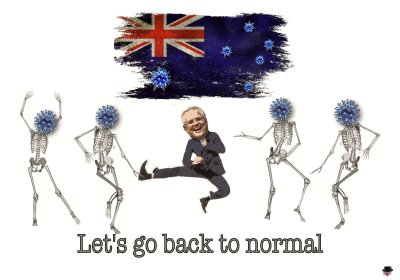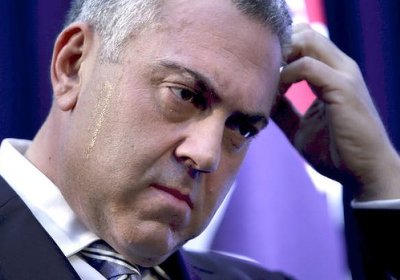Bosses could hardly contain their glee at the 2020-21 budget. It is hardly surprising, writes Peter Boyle, given that it was a massive corporate handout.
recession
“Normal” was so broken, we don't want to go back to that. But, as Sam Wainwright argues, we're going to have to build a movement strong enough to transform Australia’s economy.
While many countries have closed schools as a measure to stem the rate of COVID-19 infection, public schools in Australia are to remain open in stark defiance of the “social distancing” requirements of almost every other aspect of social and economic life. Graham Matthews asks why?
From 1954 to 1972, Australia’s official unemployment rate was under 2% as the economy grew at the most rapid rate in the country’s history. There was one exception, the credit squeeze year of 1961, in which unemployment rose to 2.4%.
When neoliberal economics was being established as a hegemonic position in Australia in the late 1980s, 1.2 million workers were employed in the manufacturing industry — 15% of the workforce.
The Australian Bureau of Statistics’ (ABS) latest employment analysis shows that 25,000 jobs were lost in manufacturing last year, bringing the total employed down to 920,000 — 7.8% of the workforce.
It is a trend that will only continue with the winding-down of the vehicle production industry and its related vehicle components sector.




